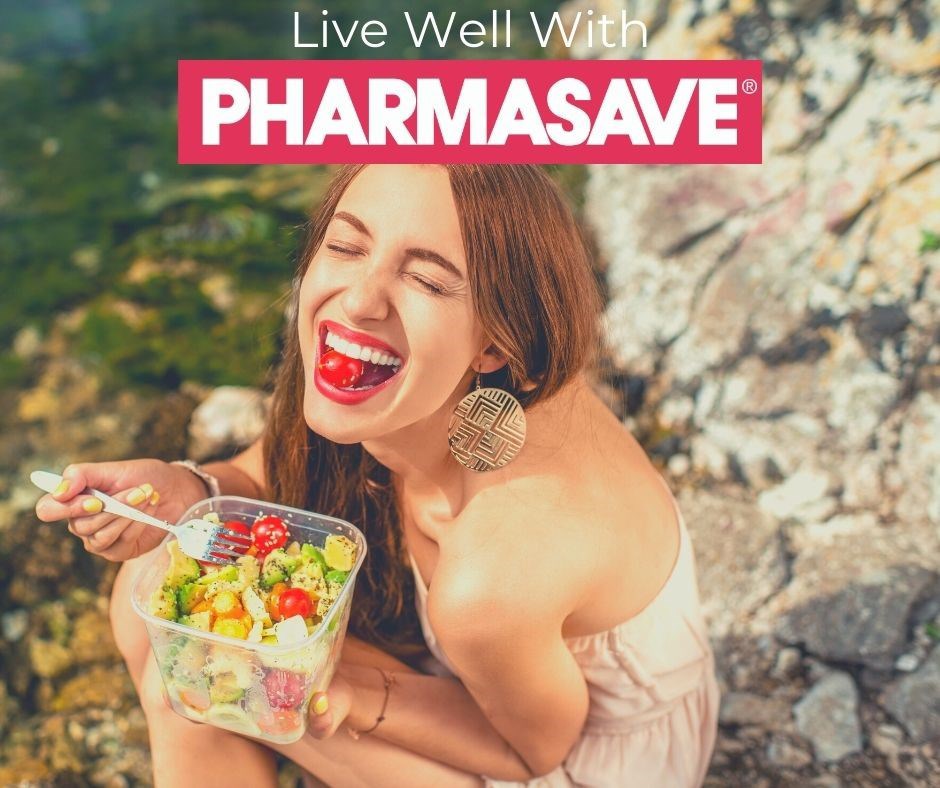
Laurie-Ell Bashforth | Special to the 51°µÍø
Wanna’ start eating healthier, but not sure where to start?
Let’s talk rainbows.
A fruit and veggie market is a feast for the eyes as well as for the body. Oh, the colours – bright and sumptuous reds, froggy greens, vibrant oranges and yellows, and the deep, dark blues and purples – are a sensual delight and a bounty of nutrients.
If these colourful fruits and veggies had labels, they'd read like the bottles of vitamins and supplements on health-store shelves: fibre, vitamins and minerals galore, and antioxidants. Since fruits and veggies don't have labels, it's their colours that reveal some of their nutritional rewards.
Phytochemicals, compounds found in fruits and vegetables, are like nature's paintbrush, giving plant- and fruit-derived foods their hue and some of their nutritional oomph. Beta-carotene, lutein and lycopene, for example, are phytochemicals known as antioxidants. Antioxidants reduce cancer risks by helping our bodies to neutralize free radicals, which are compounds that can damage our cells.
Reap the benefits of this healthy harvest by cracking open the fruit and veggie colour code.
Greens
Go beyond iceberg lettuce! Green fruits and veggies – such as avocados, green peppers, celery, kiwi fruits, cucumbers, asparagus and even green apples – are tasty, nutritious options. They are thought to be loaded with vitamins, such as folate, minerals and fibre. Lutein – found in hearty greens such as kale, chard and romaine lettuce – may help to fend off macular degeneration, a major cause of vision loss and blindness in Canada. Bell peppers, broccoli and the underrated Brussels sprout (my personal favorite) are all powerful sources of vitamin C. Vitamin C is an antioxidant that may lower cancer risk, improve iron absorption and promote wound healing. Cabbage, Brussels sprouts, kale and turnips may reduce the risk of cancerous tumours.
Yellow and orange
Orange is more than oranges, and beta-carotene shows up in more than just carrots. Beta-carotene – a nutrient also found in sweet potatoes, mangos, apricots and cantaloupe – has antioxidant properties, helps prevent vitamin A deficiency and may play a role in immune health. Vitamin C abounds in the yellow-orange arcs of the food rainbow, especially in papaya, grapefruit, oranges, pineapple and cantaloupes. Pucker up to lemons and limes too. Fully ripened ones will have the highest antioxidant content. Folate is also found in orange fruits and vegetables, and may help prevent certain birth defects and reduce the risk of heart disease. Yellow fruits and vegetables – such as pineapples, corn and pears – are high in fibre and vitamin C.
Red
Seek out the blush of red and pinky-coloured vegetables and fruits for a good source of lycopene. A powerful antioxidant that may help prevent many kinds of cancers, lycopene crops up in tomatoes, watermelon, papaya, guava and pink or red grapefruit. Lycopene may also slow the hardening of arteries and the growth of tumours. The unappreciated beet, with its intense red pigment, has shown promise against colon cancer and is a rich source of folic acid, which is involved in normal tissue growth.
Blue and purple
Head into the darker realms of the produce section and get the blues... and blacks and purples. Think blackberries, figs, plums, prunes, eggplants and raisins. Low in calories, high in vitamin C and fibre, blueberries have been especially singled out as tiny nutritional powerhouses. Anthocyanin is the pigment responsible for the tint of these fruits and veggies and for their antioxidant qualities. Fresh or frozen, it doesn’t matter.
White, brown and tan
While they're not as showy as the others and not actually in a rainbow, fruits and veggies with more subdued white, brown or tan hues deserve a spot in your shopping cart. Spice things up with ginger, which may reduce pain after exercise or help with certain types of nausea, and garlic, suggested to prevent cancer and heart disease. These white vegetables contain allicin, which is also thought to help lower cholesterol and blood pressure. The always trusty banana, although yellow on the outside, their true benefits hide in the sweet, white, fleshy fruit inside. Bananas are high in potassium, a key element of a heart-healthy diet, and they can help your bones by preventing calcium loss. And like bananas, the lowly old parsnip has tons of fibre and potassium.
So, slice off strips of mango, feast on a fig, crack off some cauliflower, chomp on a cherry or pop a pea pod. Explore the supermarket, the farmer’s market or hopefully a fresh fruit stand in the near future. Push yourself to try something new and remember, fresh or frozen, cooked or raw, it doesn’t matter.
Want more healthy hints? Find us on Facebook at Pharmasave Jasper or sign up for monthly emails at Pharmasave.com. Just put Jasper as your local store.



